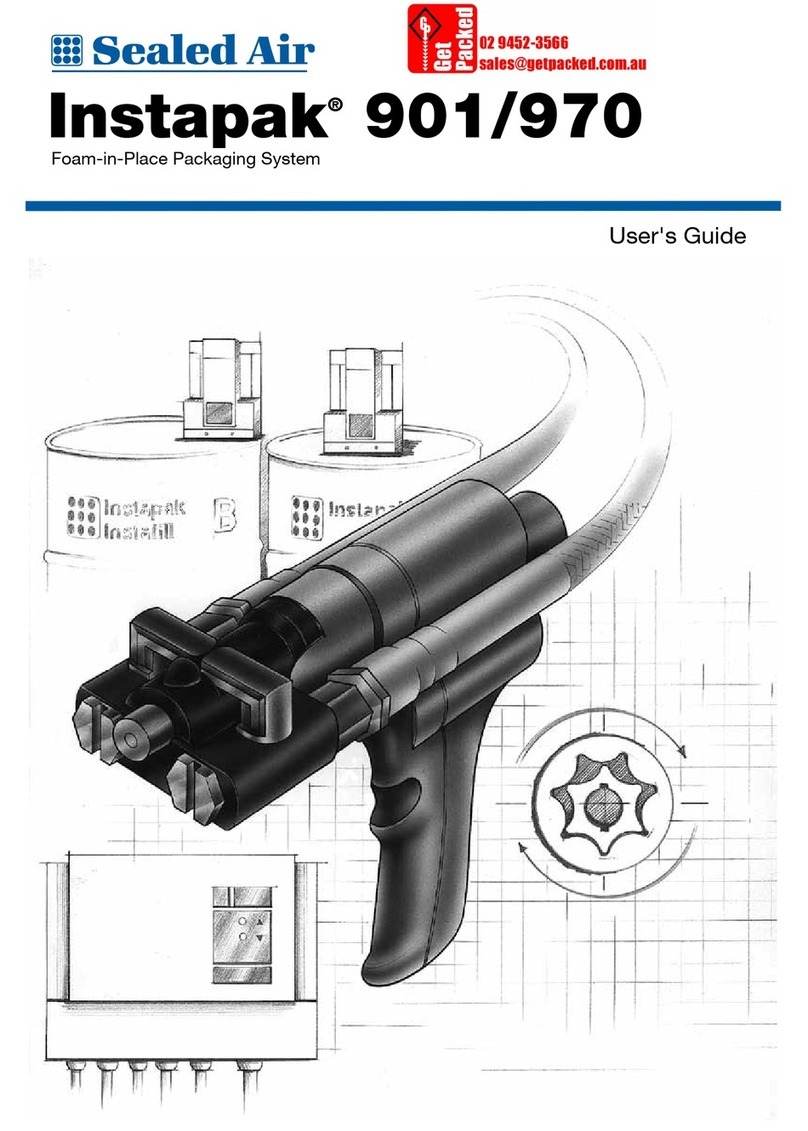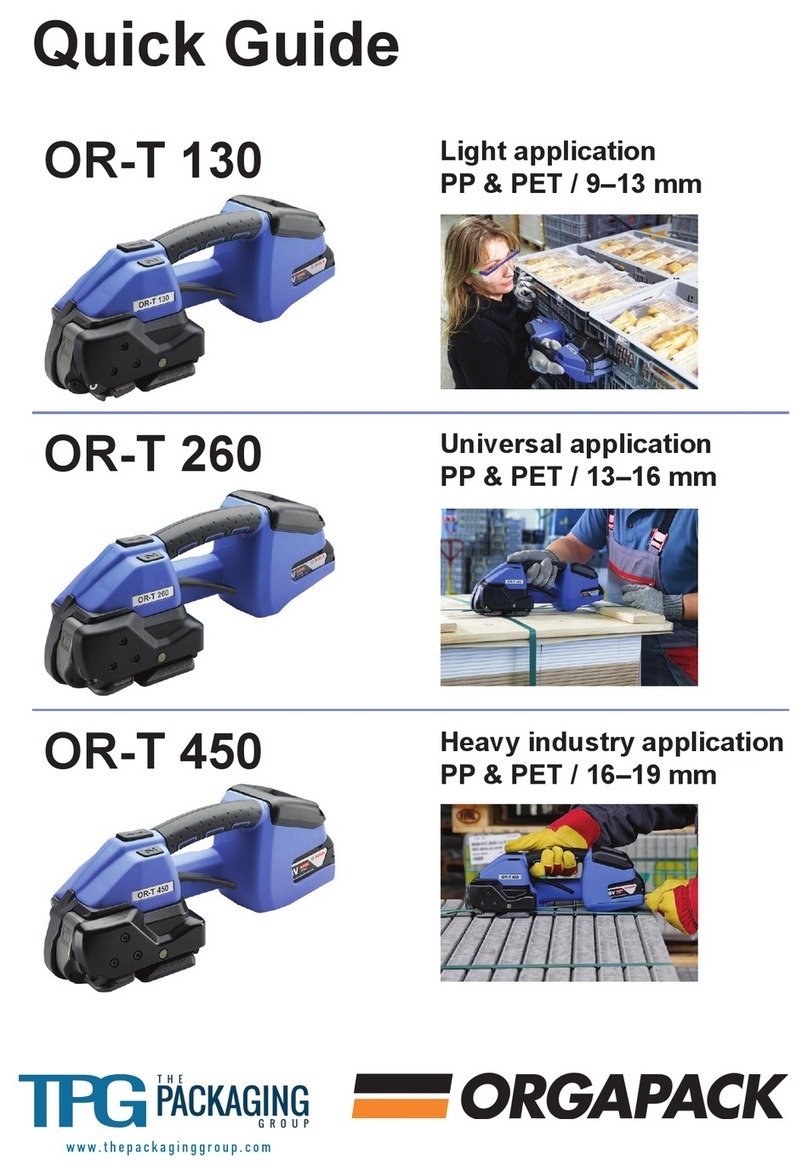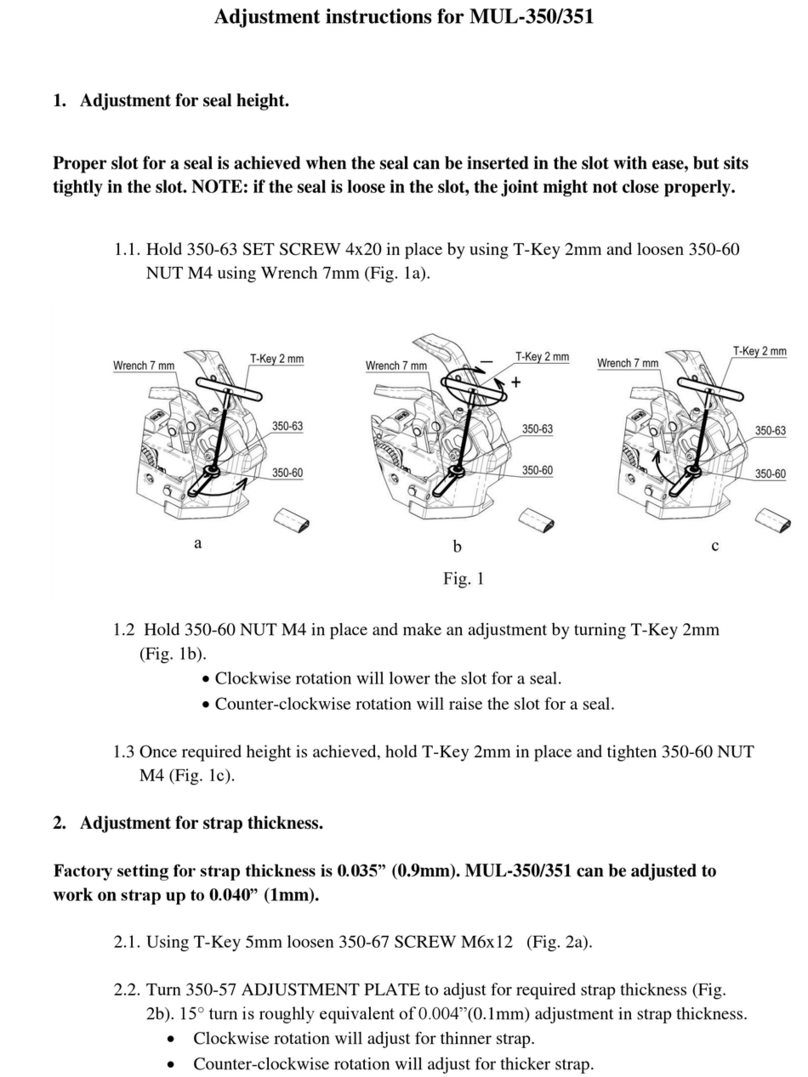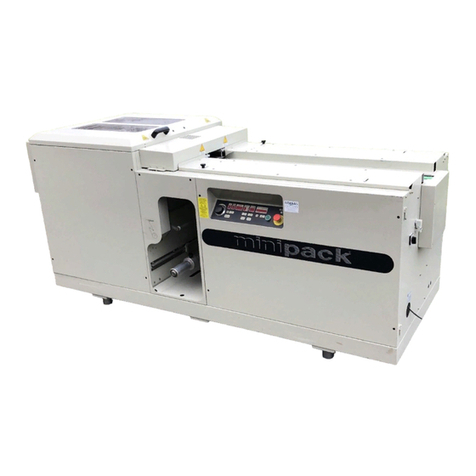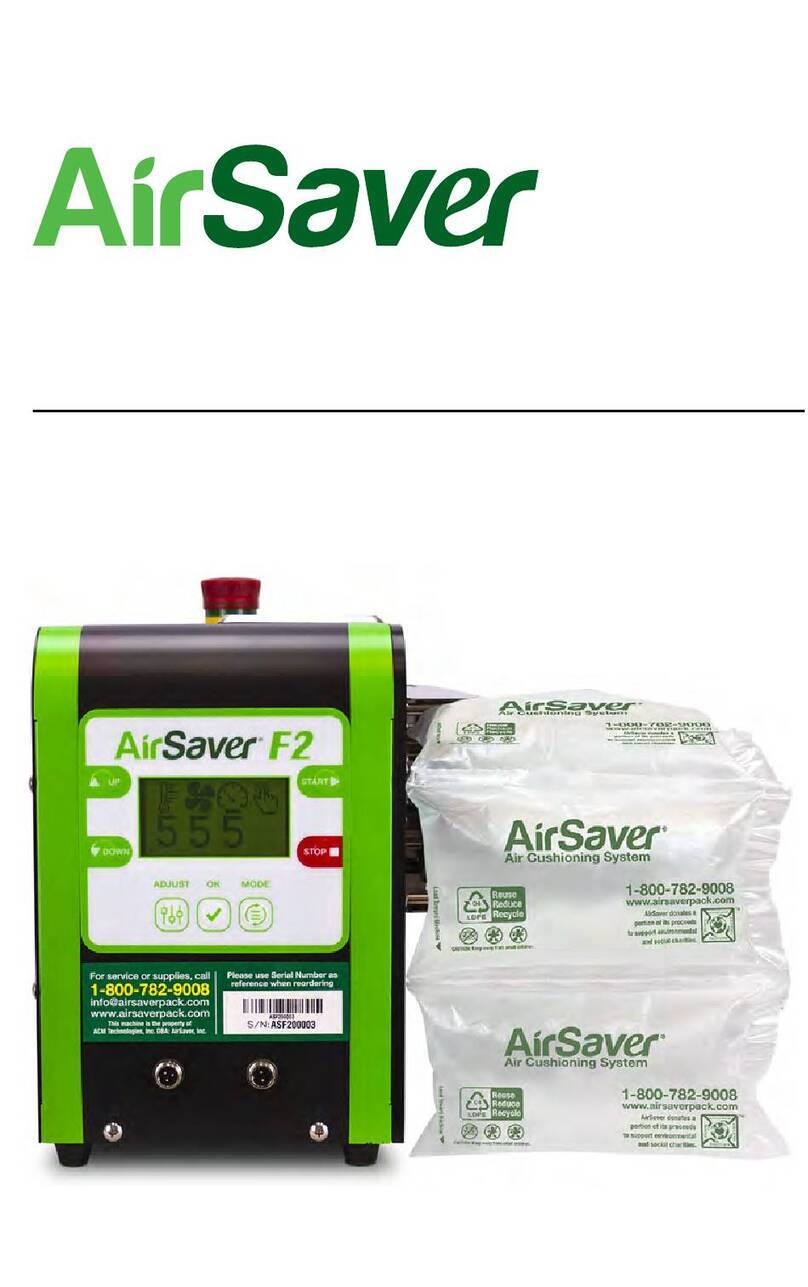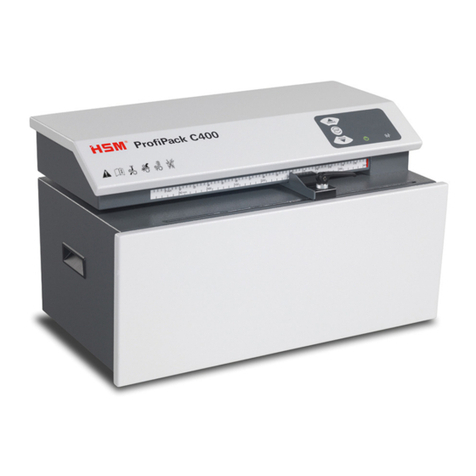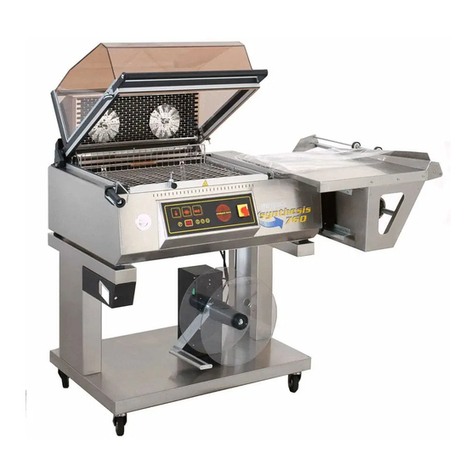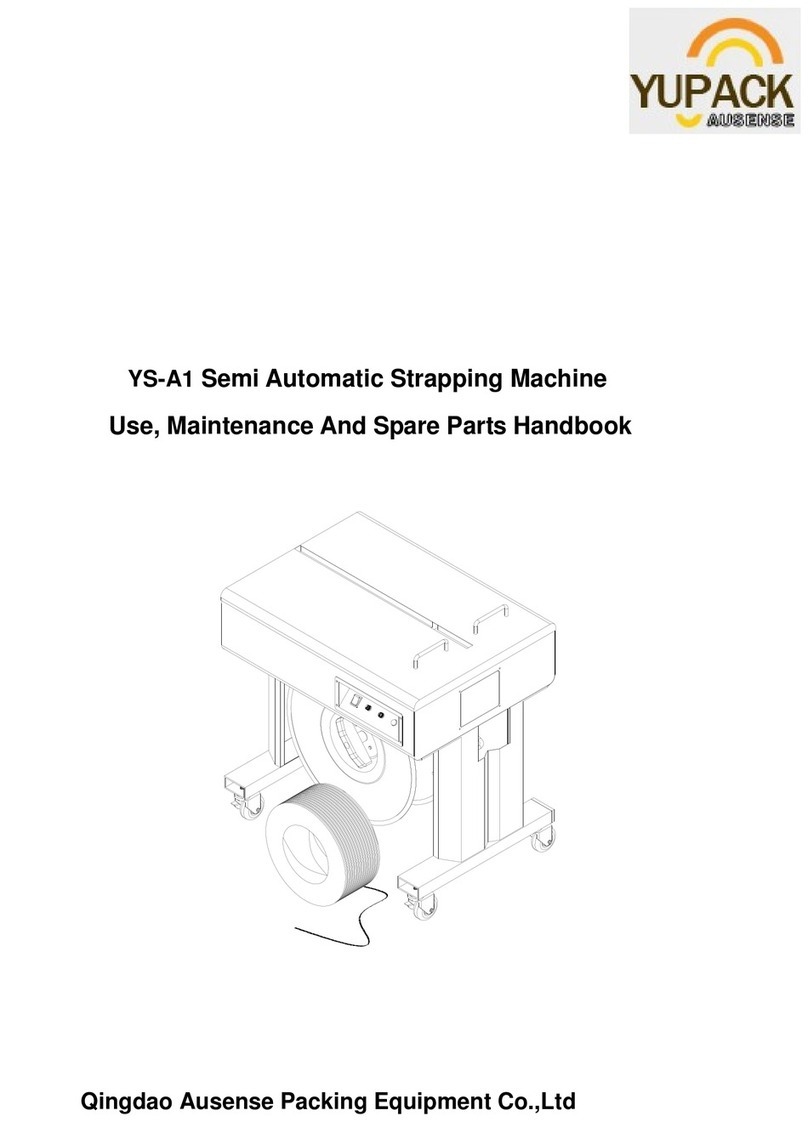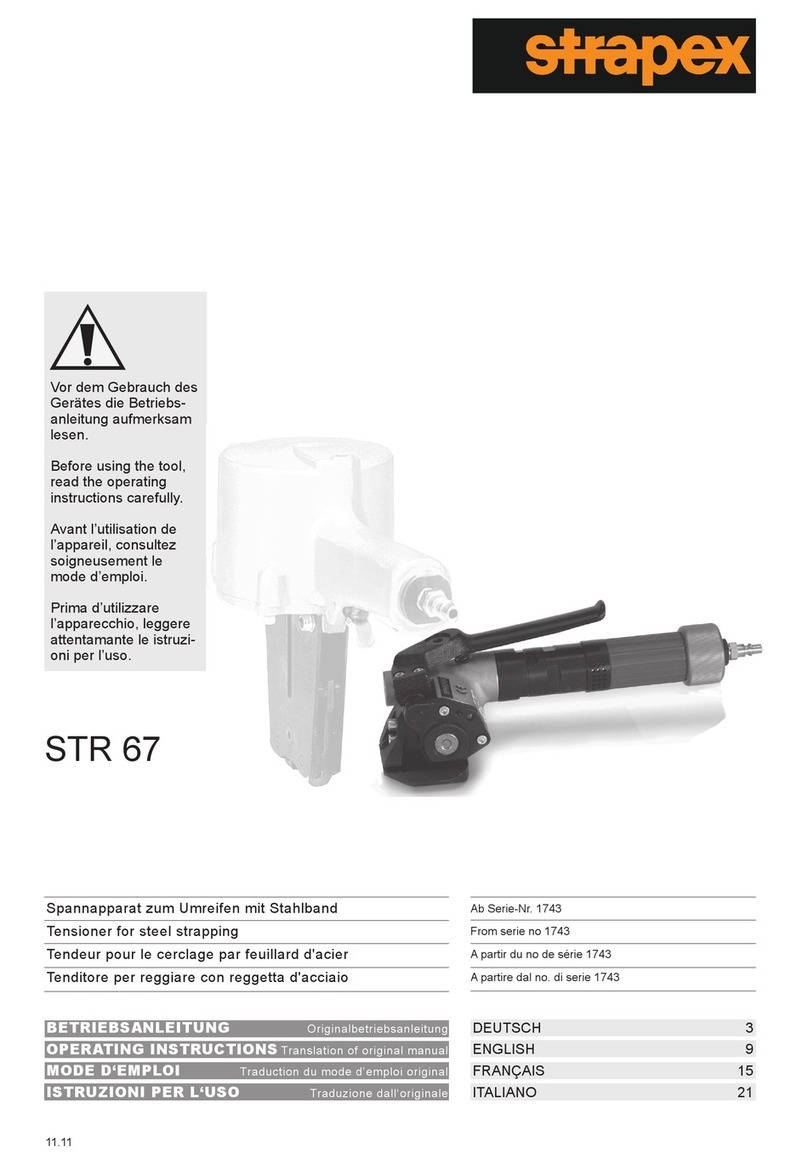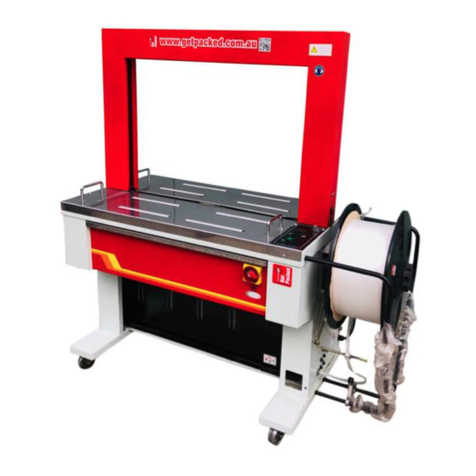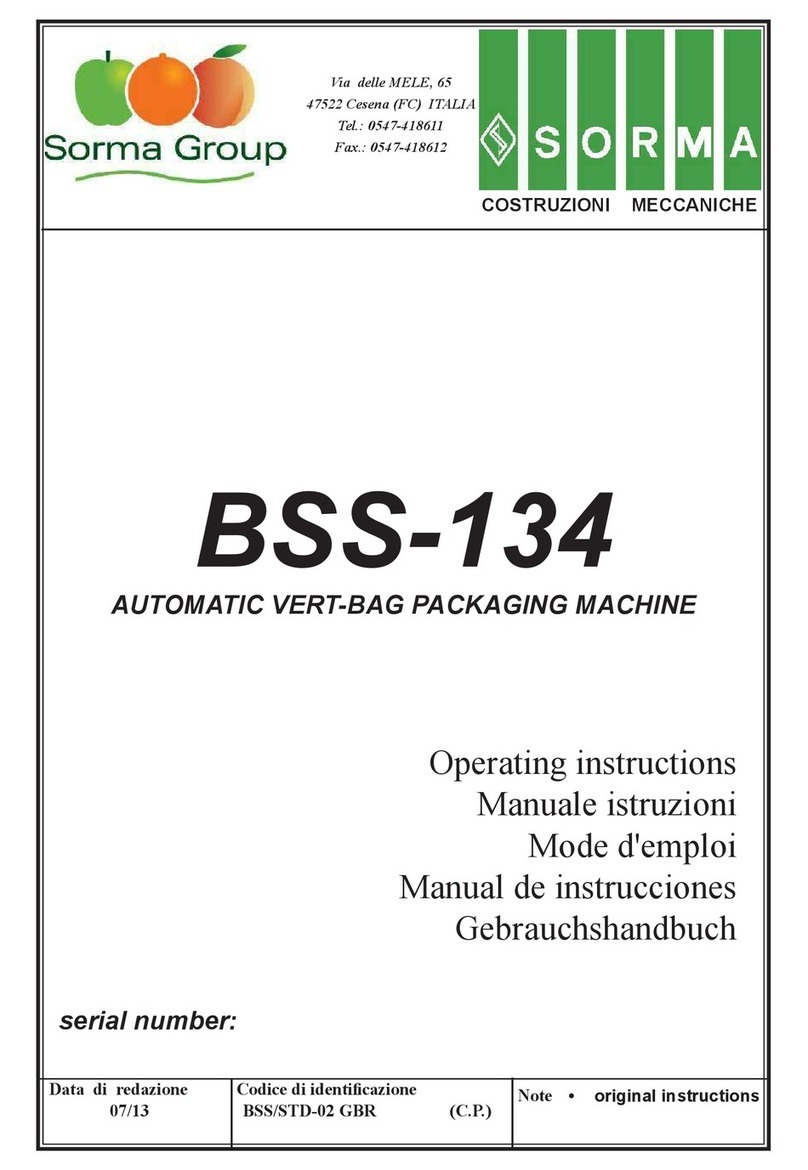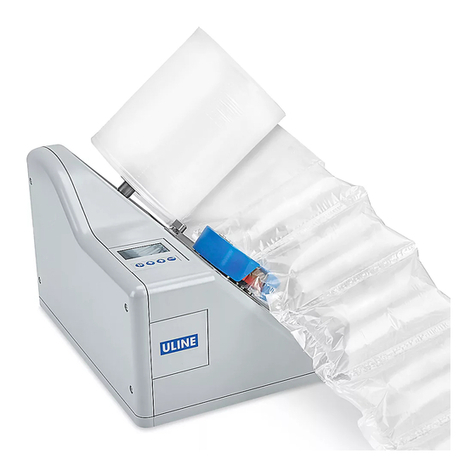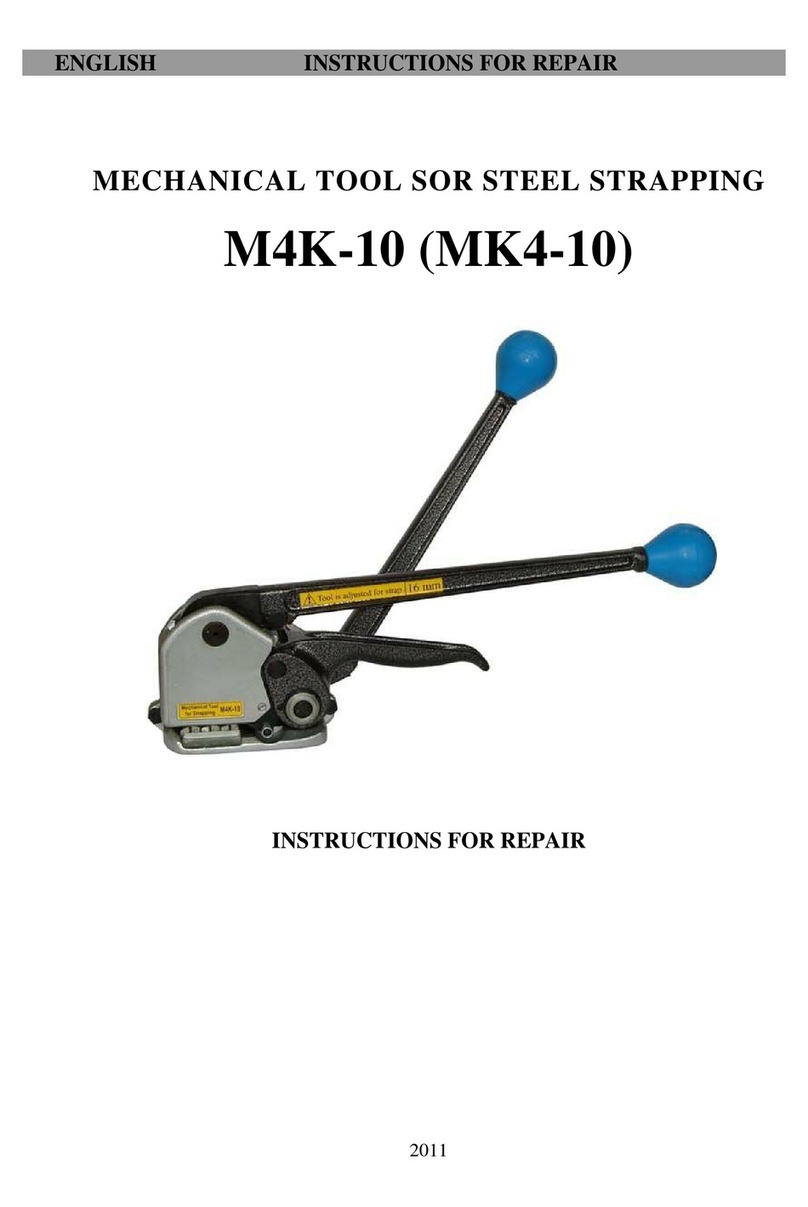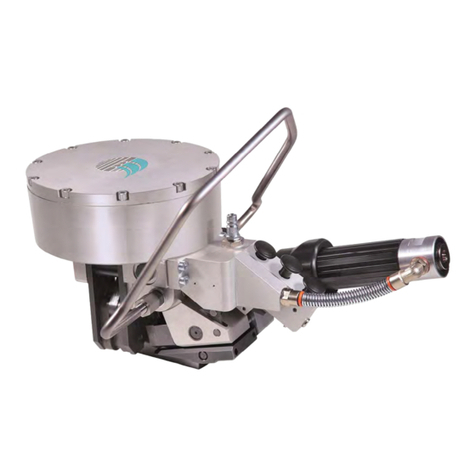Sealed Air Instapak Quick RT User manual

Prepare the shipping box
and item to be packed.
Read the information on
the outside of the wrapper.
Open the wrapper by tearing
down from the top.
WARNING!
To prevent damage due to
puncture, never use a
sharp object to remove
the wrapper around the
bag.
CAUTION!
Safety glasses with side
shields should be worn
while using Instapak
Quick® RT foam packaging.
Quickly place the expanding
bag of foam into the box.
WARNING!
• The bag should not be
rolled, crumpled, or
twisted when placed in
the box.
• Never shake the bag; this
may cause foam to exit
vent holes.
• Refer to Packing Tips
for additional packaging
information (reverse
side).
After placing the unfolded
bag on a firm, flat surface,
start the activation process.
Press firmly on the COM-
PONENT “A” PRESS HERE
TO START symbol near the
lower left corner of the bag.
You will hear a small “pop”
sound to let you know the
inside seal has opened.
WARNING! Do not grip,
squeeze, or twist to
activate.
WARNING! Do not press
on the COMPONENT “B”
side first (the right side) to
start the bag. This action
could cause COMPONENT
“B” to leak into the outer
bag and out of the bag
vent holes. Never shake
the bag; this may cause
foam to exit vent holes.
Mix COMPONENT “A” and
COMPONENT “B” by firmly
pressing back and forth
10-20 times on each “A”
and “B” symbol.
You will hear another “pop”
and the foam will begin to
expand into the bag.
WARNING! Do not grip,
squeeze, or twist to
activate.
WARNING! Once the bag
starts to expand it will
become very warm and
release steam. The words
“
VENT” at the top of the bag
indicate the venting area.
The vent is a series of tiny
holes that allows the steam
to escape. Avoid being in
the direct path of the steam
to optimize user safety and
comfort.
Completely unfold the bag
and place onto a firm, flat
surface.
Note the location of the bag
activation area (ovals “A”
and “B”) and the steam
venting area.
See the Safe Product Usage
section of this User’s Guide
and the enclosed MSDS
sheets for more information.
WARNING!
Before using this product, read and familiarize
yourself with important safety and instructional
information that is found in the Material
Safety Data Sheets (MSDSs), the product
label band, and this User’s Guide.
CAUTION!
Safety glasses with side shields should be worn
while using Instapak Quick® RT foam packaging.
WARNING!
Do not grip, squeeze, or twist the bags to
activate. Always place on a firm, flat surface
and press firmly on the COMPONENT “A”
symbol to begin the activation process.
WARNING!
• Never apply pressure to help force the
foam mixture out into the larger bag.
• Keep bags out of reach of children.
• Puncturing or tearing any part of the bag
before mixing may cause liquid component
leakage or could result in foam escaping
the bag after activation.
• Unactivated bags should never be taken
from the packaging workplace.
• Always use Instapak Quick® RT bags in a
well ventilated area.
•
Avoid being in the direct path of off-gassing
steam to optimize user safety and comfort.
This steam is very warm.
Who to Call “For Chemical Emergency”
Spill, Leak, Fire, Exposure or Accident
call CHEMTREC - 24 Hours
1-800-424-9300
Welcome to the Instapak Quick® RT (Room
Temperature) Foam Packaging User’s Guide.
For best results use Instapak Quick® RT foam
packaging at room temperature (65º - 90º F /
18º - 32ºC).
Instapak Quick® RT foam packaging is a fast, flexible,
and easy-to-use packaging method that provides
superior protection for your products. It is ideal for
cushioning, blocking and bracing applications, and
for producing molded cushions.
Each Instapak Quick® RT bag contains two separate
liquids (Components “A” and “B”) that, when mixed
together, will react and expand to form polyurethane
foam packaging. This foam is designed to provide
package protection for a wide range of products and
product weights.
Read and thoroughly understand the information
about safety and proper use of this product contained
in this User’s Guide.
Safe Product Usage
Environmental Information
Introduction
To Start a Bag
(Note: Refer to
Packing Tips
on the reverse side prior to use.)
User’s Guide
For additional information
on using Instapak Quick®
RT Foam Packaging, see
our website at:
www.instapakquick.com
Instapak Quick® RT Userʼs Guide
© Sealed Air Corporation (US) 2008
Instapak Quick® RT foam packaging minimizes the
amount of packaging material used without compro-
mising the protection of goods shipped. Instapak
Quick® RT foam packaging is produced without
chloro-fluorocarbons (CFCs) or hydrochlorofluoro-
carbons (HCFCs), which have been associated with
the depletion of the ozone layer.
• Source Reduction
Instapak Quick® RT foam provides superior
cushioning that maximizes protection with a
minimum amount of material. Less packaging
is used, so less enters the waste stream.
• Reuse
For companies shipping the same product
from location to location, Instapak Quick® RT
foam packaging can be used for multiple trips.
Instapak Quick® RT foam cushions can be
reused as carton filler or reshaped manually to
fit other products for shipping.
• Return
Multiple locations have been established in the
United States and around the world where
Instapak Quick® RT foam cushions can be
returned. To find the location nearest you, call
toll-free 1-800-982-6197 (U.S. and Canada).
• Waste to Energy Efficiency
Instapak Quick® RT foam packaging is an
excellent fuel source for municipal waste-to-
energy facilities.
• Landfill Compatibility
Highly compressible, Instapak Quick® RT foam
occupies only 10% of its original volume when
disposed of in a landfill.
For additional information
on using Instapak Quick®
RT Foam Packaging, see
our website at:
www.instapakquick.com

As the foam inside the bag
begins to rise, nestle your
product into the center of
the expanding foam bag.
Some continued support of
your product may be neces-
sary as the foam cures.
Allow the bag to rise up and
around your product.
Note: Do not let your
product drop to the bottom
of the box. This would result
in no foam protection under
your product.
Let go of your product once
the foam stops expanding.
The foam should support
your productʼs weight.
Note: For heavy products,
additional support time may
be required.
Cushioning material is used
to protect delicate products
packed inside shipping boxes.
Cushioning is created with
Instapak Quick® RT foam-
filled bags by securing a
product between two or
more expanded foam bags.
Note:
•
For adequate protection,
most products generally
require 2 inches or more
of foam between your
product and the wall of
the shipping box.
• Instapak Quick® RT
eliminates the need to
double box your product.
• Bags will not fill completely
with foam. The bags are
designed to have air space
at the top of the bag to
allow for venting to take
place and for foam to rise
freely around your product.
Have your product ready to
be placed in the box.
Activate a bag as described
on the reverse side.
Place the expanding bag of
foam in the bottom of the
shipping box.
Note: The foam rises very
quickly. You will need to
place your product on the
rising bag of foam immedi-
ately.
CAUTION! Safety glasses
with side shields should be
worn while using Instapak
Quick® RT foam packaging.
Activate additional bags as
described on the reverse
side.
Place the expanding bag of
foam on top of your product.
Close the top flaps of the box
while the foam is rising to
secure your product in place.
Additional bags may be
needed to properly secure
your product.
The foam bag(s) will expand
against the box flaps to form
a custom-fit top cushion.
Note: Due to their shape
and size, some products
may require more than two
Instapak Quick® RT foam
bags for adequate protection.
This is common when using
this foam-in-bag packaging
technique.
Blocking and bracing material
is used to secure rugged
products from moving or
shifting within the shipping
box. Blocking and bracing
is created with Instapak
Quick® RT foam-filled bags
by locking the product into
position using one or more
corner cushions.
Note:
Bags will not fill
completely
with foam. The
bags are
designed to have
air space
at the top of the
bag to
allow venting to
take place
and for foam to
rise freely around your
product.
Place your product in the
shipping box.
Your
product may be pushed
to a corner (as shown) or
placed in the center of the
box.
CAUTION! Safety glasses
with side shields should be
worn while using Instapak
Quick® RT foam packaging.
Activate a bag as described
on the reverse side.
Place the expanding bag
between the lower corner(s)
of
your
product and the box.
Note: The foam rises very
quickly. You will need to
place the expanding bag of
foam into the box immedi-
ately.
Let the bag expand against
your product and the box
walls, locking your product
in place.
Activate additional bags as
described on the reverse
side.
Place the expanding bag
between the upper corner(s)
of your product and the box.
Let the bag expand against
your product and the box
walls, locking your product
in place.
Place additional bags be-
tween your product and
the box walls as needed.
Close the top flaps of the box
while the foam is rising to
secure your product in place.
Seal the box.
Seal the box.
Packing Tip - Blocking and Bracing
Packing Tip - Cushioning
Corporate Office: Sealed Air Corporation (US)
200 Riverfront Boulevard, Elmwood Park, NJ 07407 www.sealedair.com
® Reg. U.S. Pat. & TM Off. © Sealed Air Corporation (US) 2008. All rights reserved. Printed in the U.S.A.
The "9 Dot Logo" and "Sealed Air" are registered trademarks of Sealed Air Corporation (US).
Protective Packaging
10 Old Sherman Turnpike
Danbury, CT 06810
203-791-3500 Fax: 203-791-3618
www.sealedair.com
Our Products Protect Your Products®
Instapak Quick® RT Userʼs Guide
T-160 Rev. D 01-08
For additional information
on using Instapak Quick®
RT Foam Packaging, see
our website at:
www.instapakquick.com
For additional information
on using Instapak Quick®
RT Foam Packaging, see
our website at:
www.instapakquick.com
Table of contents
Other Sealed Air Packaging Equipment manuals
